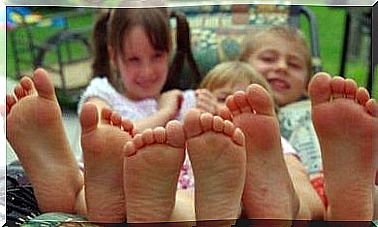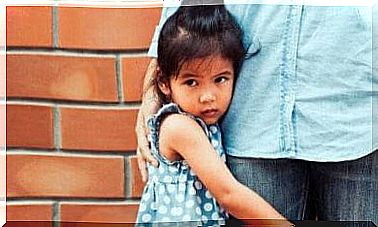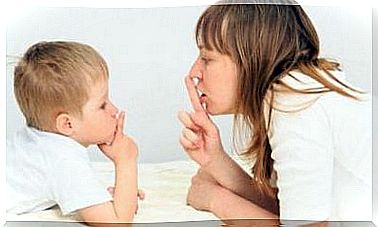Conflicts In The Classroom: How To Resolve Them
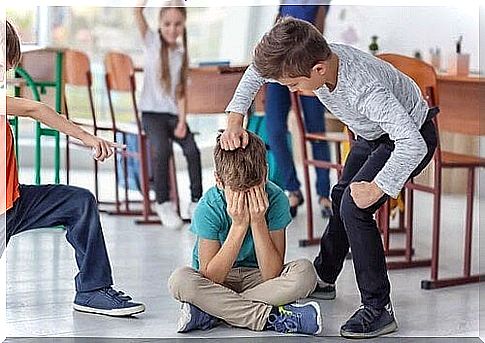
The truth is that conflicts in the classroom are a reality we cannot escape. Schools are not just places for learning. They are also places where we interact with each other every single day. A school is a place where disagreements will certainly arise, and it is therefore important that something is done about it.
Although it may be common disagreements, it is important to solve the problems among students and teachers. In this article, we take a closer look at this problem to find a possible solution.
What conflicts in the classroom can arise?
First of all, it is important to identify what a conflict is. Conflicts are situations where two or more people disagree on something and where they have different and incompatible opinions. Conflicts are a normal part of everyday life.
In the classroom, this is how conflicts arise between teachers and students as well as among the students themselves. Depending on what type of conflict it is and how it is handled, it can directly affect the class’ progress and learning process.
How to handle conflicts in the classroom
There is no secret recipe for solving these problems as all situations are different. However, there are some key points for dealing with conflicts in the classroom effectively.
In any situation, either between adults or between children, it is important to involve the children in resolving the conflict so that they can learn about cooperation.
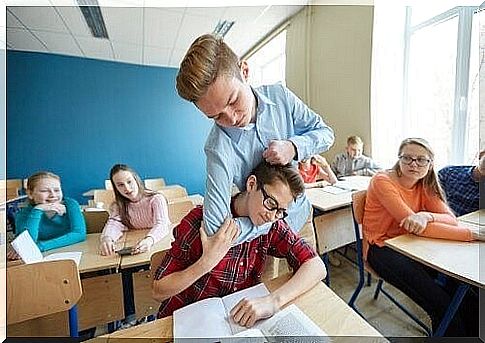
Conflict prevention in the classroom
First of all , it is necessary to establish a good atmosphere in the classroom as well as a good code of conduct. The responsible adult, the school teacher, should dedicate time to the children who may have problems. This will be best done individually.
Teachers must also teach children about good values and promote their emotional and social abilities. Group activities are an excellent tool for this.
Another great way to avoid conflicts in the classroom is to establish some ground rules for coexistence. This is something that teachers and students need to do together. Planning activities that develop and promote dialogue and peace in the classroom is also helpful.
It is important to promote communication
Communication, both verbal and non-verbal, is part of human relationships. Therefore, it is important to give homework for, which is about the development of communication skills among the students and among the students and teachers.
However, it is also important and necessary that teachers also work on their own communication skills, as the mood and mood in the classroom depends on them.
Although we can not always prevent conflicts from arising, communication can be a critical tool for finding a solution. Conflict resolution through open dialogue and active listening are ways of acting that must be respected and used.
Analysis of the nature, severity and persistence of conflicts
The type of conflicts that arise in school can be social, cultural, educational, etc. They may also have varying degrees of severity. To resolve these conflicts, we must first identify the origins, the participants in the conflict, as well as the interests at stake.
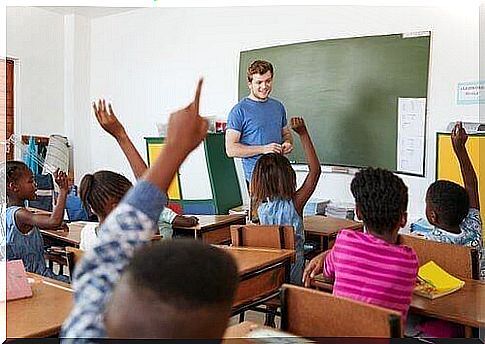
Mediation is a fundamental tool
In many cases, the people who are part of the conflict cannot resolve it on their own. This is where mediation comes into play. It is necessary during conflicts between students, where the teacher then acts as the mediator.
When there are problems among the students in the classroom, the parents, teachers or other adults should help all those involved so that they can find a solution that benefits everyone.
Mediation is used in many places around the world and it is also an effective technique for resolving conflicts in the classroom. This technique is mainly based on communication, equality and autonomy.
When the parties involved are also part of the mediation, the results are fairer.
School staff must continually encourage students to practice positive communication skills with authorities and other students.
A classroom is a place of coexistence where there will always be some form of conflict. It is therefore important to know how these disputes are handled so that they do not affect the other students or the learning process.




